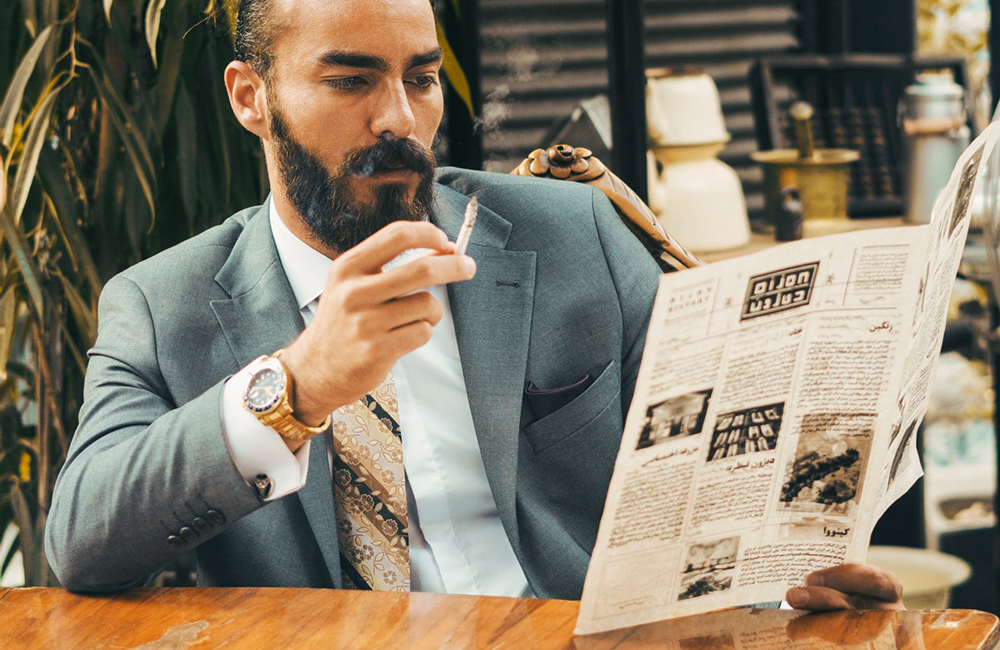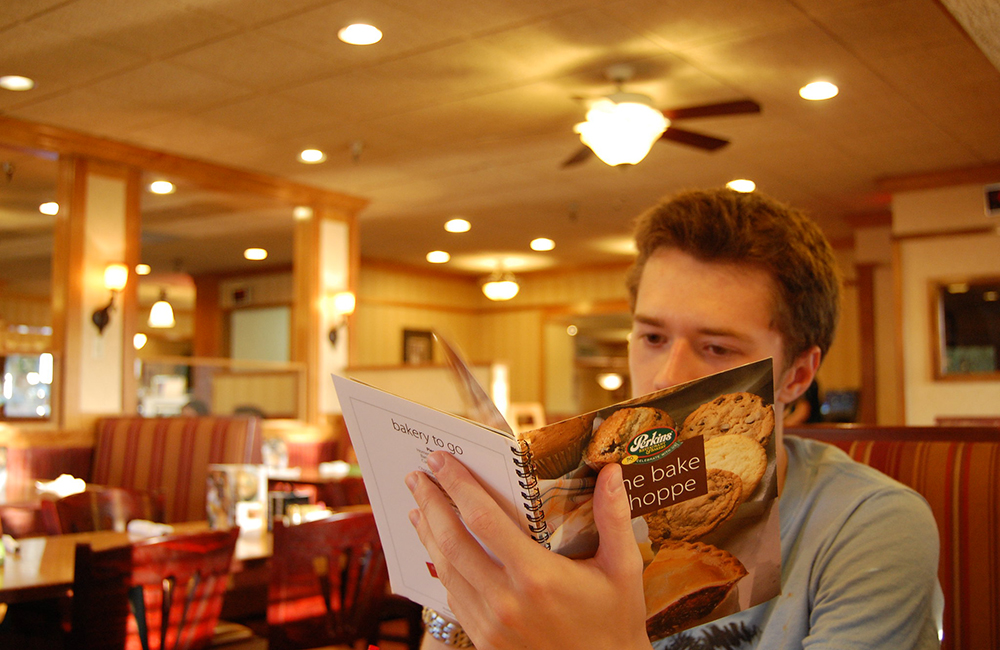When a patron sits down at a restaurant, one of the first things they'll see is a menu. Unfortunately, menu design does not get enough attention in most establishments. It usually goes like this — if you don't know how to design one, chances are you either hire someone else to make it (we hope), or use your own experience from eating out. Having clear concept vision and gathered information might help. But what happens if a lot of truths you've heard about are really myths?
Today we're going to find out which design myths are true and which are false.

Myth: Menu Design Doesn't Matter
The menu is an essential part of your business, and the best designs will be able to alleviate some of the questions commonly asked to servers and can put your top-selling items on display.
Myth: People Read From the Top Right Corner
If you don't know how to design a menu, you may scour the Internet for tips. One tip, which is a myth, is that people read them from the top right corner. While people will often look to the top right of the menu first, it's because promotions are often advertised on the top right of the page.
A study that used eye-tracking technology was able to track a person's eyes when flipping through a book style menu.
What did the study determine?
If the menu is like a book, people will read it like a book. For example, the person will read the lists on the left first and scan down the right side of the page afterwards.
The standard restaurant menu will be read left to right.
But if you're truly concerned that the person may be reading the menu from the top right down, you may want to consider a one-page option. A single page design forces the reader to go down the middle of the menu and start reading it from the top.
Fine dining establishments will often have a one-page design.

Myth: More Items Means More Money
Sitting down at a restaurant and opening the menu only to find that you have two hundred options can either be very overwhelming or welcoming. I know that a Mexican restaurant near me has well over a hundred items to offer.
But the menu is so vast that I refuse to spend the entire evening looking through it.
It's nice to have options, but far too much work goes into reading massive menus. What I did notice is that myself, and anyone I know that also goes to the restaurant, will order the same dishes and not look through the menu often.
Smaller menus with key items tend to sell items faster and help increase sales.
There's also another issue with an enormous size: waste. When you have a large menu, you must:
- Stock more ingredients
- Increase food waste
It's a myth that a larger menu will equate to more profits. In a lot of cases, it will lead to lower profits because of increased food waste. It's better to trim down and put the focus on your high-selling items that have higher profit margins.
Truth: Item Placement Matters
Remember how people don't read from the top right corner? Well, it is still very important. Of all of the sections of a restaurant menu, the top right has been shown to be the most profitable section.
If you place your top margin items in the top right, you'll have an easier time selling them.
But you don't have to rely solely on this exclusive corner of your page. Instead, you can use white space to your advantage. When you use white space properly, you'll be able to:
- Grab the user's attention
- Put emphasis on certain items
If you place items properly, you can increase sales for items and help patrons pair items with greater ease.

Myth: Imagery Doesn't Matter
Consumers are visual creatures, and seeing a food item can help make a sale. The issue is that a lot of restaurant owners do not want to put the time or resources into food photography. But these photographs can greatly increase sales.
One study found that sales increase by 30% when pictures are added to the menu.
But there is one exception: fine dining.
If you're focusing on higher clientele and promote yourself as a fine dining establishment, you're going to find that pictures are not in style. A lot of owners view pictures as being less sophisticated, so you may want to focus on the paper and font rather than adding imagery to the menu.
High end design without photos should use descriptions to their advantage.
The right menu description will allow the person to fully visualize the dish and will impact sales.
You have to choose what's right for your menu: images or in-depth descriptions.
Truth: Ratios Can Be Used for Menus
Menu design has evolved over the decades, and what was found is that ratios can be used to fill in your menu. A traditional ratio will be:
- 31% appetizers
- 19% desserts
- 49% entrees
Of course, you need to also have a drink menu if you're offering alcoholic drinks. In total, 66% of a menu will be food and the remaining 34% will be beverages. The beverages should include primarily non-alcoholic drinks, but the next best-selling drinks are:
- Mixed
- Beer
- Wine
If you're going to focus on mixed drinks, you'll want to dedicate about 25% of the menu to these drinks because they sell well and have high profit margins.

Truth: Dollar Signs Matter
A truth that was verified by the Center for Hospitality Research is that using dollar signs actually impacts your sales. The impact may not be what you're thinking. What the research found was that using dollar signs actually reduced the sales at restaurants.
Dollar signs are considered pain points for consumers, and they also found that working the figure into the description works best.
For example, "15 - roast beef sandwich made with onions, cheese and jalapenos, smothered in a creamy sauce and placed on one of our homemade buns" neatly includes the $15 price and doesn't use the dollar sign pain point.
Menu design is complex and scientific in nature. There is a lot that you can do to boost sales and make the menu more appealing. A few of the tricks of the trade that the top restaurants in the world make use of are: add icons to bring attention to dishes, bold specials and use white space.
If you source local products, you can add this fact into your menu and it will help justify higher prices on certain items. A lot of people will choose to go to a restaurant because they source their products locally. Local sourcing is a major factor in 42% of people's decision when choosing a restaurant.


